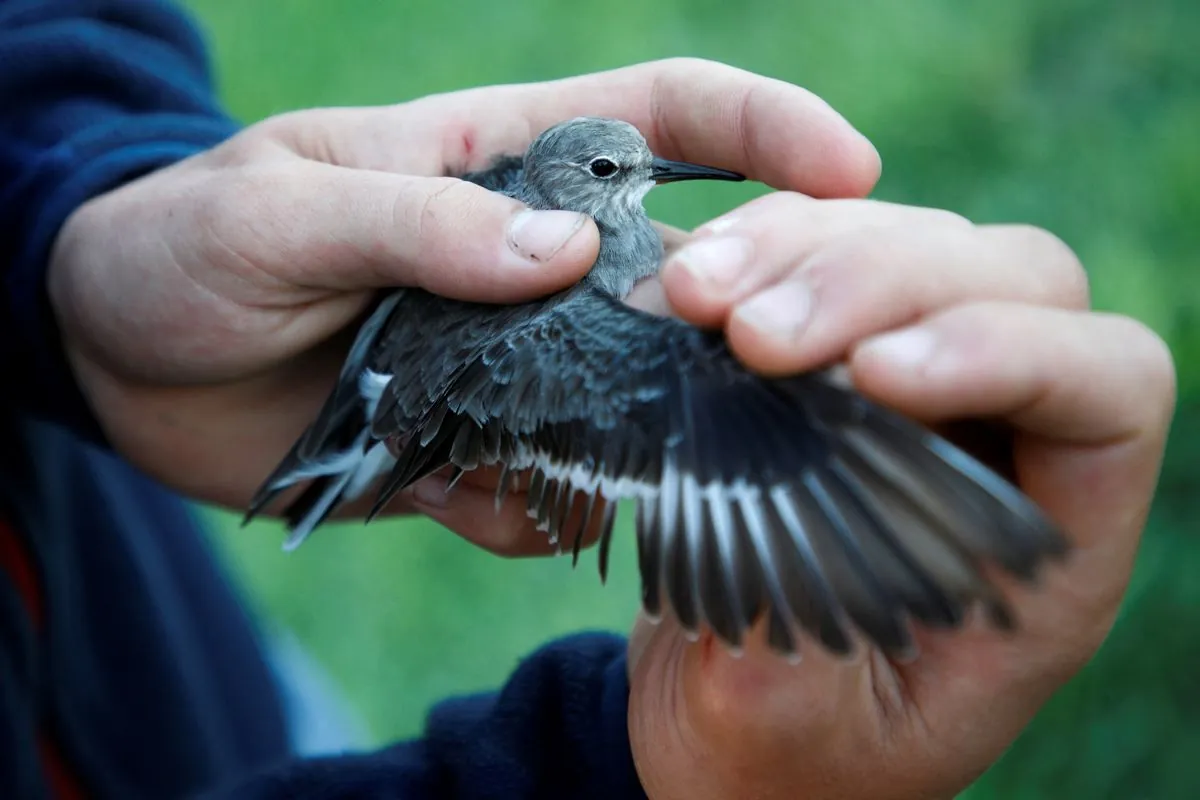In southeastern Montenegro, a former salt lake near Ulcinj transforms into a hub of scientific activity each September. This annual event, taking place 11 years after the cessation of salt production in 2013, brings together ornithologists and volunteers to tag and identify birds at a critical feeding point along the Adriatic Flyway.
The site's ecological significance stems from its unique geography. Nikola Novovic, an expert in bird conservation, explains:
"The entire stretch of coast is bordered by high mountains, except for one part along the Bojana River here. This saltworks location and ecology make it the best choice for attracting birds and feeding them in preparation for their migration."
The Ulcinj Salina, covering approximately 1,500 hectares, became a protected area in 2024-09-27T15:24:06.909578. Its salt-loving vegetation, known as halophytes, provides an ideal environment for over 330 bird species recorded in Montenegro.
Bird ringing, a practice dating back to 1899, plays a crucial role in ornithological research. Oto Sekeres, a biologist from Subotica, Serbia, elaborates on its importance:
"To the human eye, birds look very similar and within the same species, we would not be able to distinguish individual birds. That's why this was invented, i.e. bird ringing and tagging them with special numbers, so that each bird gets an identity card through that ring."
This method has contributed to the tagging of over 1 billion birds worldwide, providing valuable data on longevity, migration routes, and population dynamics.
The Adriatic Flyway, a major migration route connecting Europe and Africa, sees birds undertaking journeys of up to 16,000 km. Some species, like the Bar-tailed Godwit, can fly non-stop for several days, utilizing the Earth's magnetic field for navigation.
Climate change is affecting these migration patterns globally, underscoring the importance of research conducted at sites like the Ulcinj Salina. The data collected here contributes to our understanding of avian adaptations in the face of environmental challenges.
For many participants, the experience transcends scientific inquiry. Biljana Dejanovic, a biology student, shares her perspective:
"Trust me, that touch with birds, that touch with nature is incredible. And you don't have to be a biology student, you can be a completely ordinary person, but when you touch that little creature, it's an incredible love, an incredible love that brings you so close to nature, that you can't become immune to it."
This annual gathering not only aids in conservation efforts but also fosters a deep connection between humans and the natural world, highlighting the intricate balance of ecosystems and the remarkable abilities of migratory birds.
